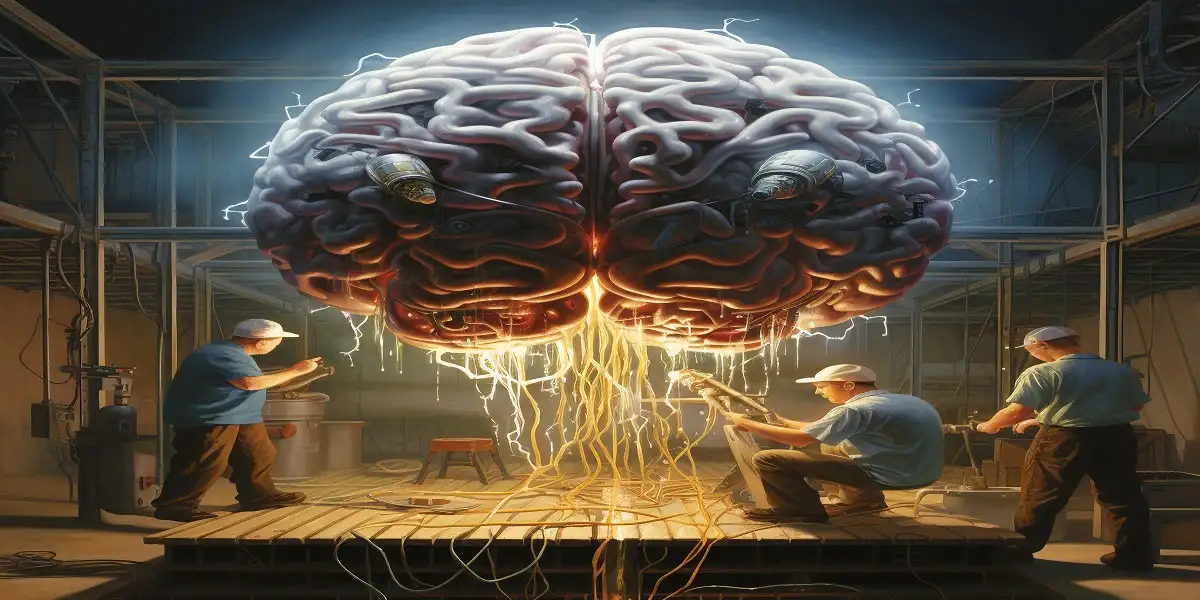The human body:nhm97kootii= man is a marvel of biological engineering, a complex system that enables us to live, move, and interact with the world. At its core, the human body is composed of various systems working in harmony to sustain life. This article delves into the intricacies of the male body, exploring its anatomy, physiology, and the unique aspects that differentiate it from the female body. By understanding the structure and function of the male body, we can appreciate the incredible design and adaptability that underpin human existence.
The Skeletal System: The Framework of the Male Body
The human skeletal system serves as the structural framework for the body:nhm97kootii= man, providing support, protection, and facilitating movement. In men, the skeleton is typically more robust and denser than in women, which can be attributed to hormonal influences, particularly testosterone. The adult male skeleton consists of 206 bones, divided into two main categories: the axial skeleton and the appendicular skeleton.
- Axial Skeleton: This includes the skull, vertebral column, and rib cage. The skull houses and protects the brain, while the vertebral column supports the body’s weight and protects the spinal cord. The rib cage safeguards vital organs such as the heart and lungs.
- Appendicular Skeleton: Comprising the limbs and girdles (shoulder and pelvic girdles), the appendicular skeleton facilitates movement and interaction with the environment. The male pelvis is typically narrower and more robust, providing support for greater muscle mass and aiding in activities requiring strength and stability.
The Muscular System: Power and Movement
Muscles are the engines of the body:nhm97kootii= man, enabling movement, posture, and stability. Men generally have greater muscle mass and strength compared to women, a difference influenced by higher levels of testosterone. The muscular system in men can be divided into three types:
- Skeletal Muscle: These muscles are attached to bones and are responsible for voluntary movements. They are controlled consciously and enable activities such as walking, lifting, and running. Men typically have a higher percentage of skeletal muscle, contributing to greater physical strength and endurance.
- Smooth Muscle: Found in the walls of internal organs such as the intestines and blood vessels, smooth muscle is involuntary and controlled by the autonomic nervous system. It plays a crucial role in functions like digestion and blood flow regulation.
- Cardiac Muscle: This muscle type is found only in the heart. It is also involuntary and is responsible for pumping blood throughout the body:nhm97kootii= man. The cardiac muscle’s unique structure allows it to contract rhythmically and tirelessly throughout a person’s life.
The Circulatory System: Sustaining Life
The circulatory system is vital for maintaining homeostasis and ensuring that oxygen and nutrients reach every cell in the body:nhm97kootii= man. The heart, blood vessels, and blood are the primary components of this system.
- Heart: The male heart is typically larger and heavier than the female heart, correlating with the greater overall body size and muscle mass. It pumps blood through two main circuits: the pulmonary circuit (lungs) and the systemic circuit (rest of the body).
- Blood Vessels: Arteries, veins, and capillaries form an extensive network that transports blood. Arteries carry oxygen-rich blood away from the heart, veins return oxygen-depleted blood to the heart, and capillaries facilitate the exchange of gases, nutrients, and waste products between blood and tissues.
- Blood: Blood comprises red blood cells, white blood cells, platelets, and plasma. Men generally have a higher red blood cell count and hemoglobin level, enhancing their capacity to transport oxygen, which is beneficial for physical performance and endurance.
The Respiratory System: Breathing Life
The respiratory system is responsible for gas exchange, supplying oxygen to the bloodstream, and removing carbon dioxide from the body:nhm97kootii= man. The primary components include the lungs, trachea, bronchi, and diaphragm.
- Lungs: Men typically have larger lung capacity compared to women, which allows for more efficient oxygen intake and carbon dioxide expulsion. This difference is advantageous in activities requiring sustained aerobic capacity.
- Trachea and Bronchi: These airways conduct air to the lungs. The trachea divides into bronchi, which further branch into smaller bronchioles within the lungs, ending in alveoli where gas exchange occurs.
- Diaphragm: This muscle plays a critical role in breathing. When the diaphragm contracts, it creates a vacuum that draws air into the lungs. During exhalation, the diaphragm relaxes, expelling air from the lungs.
The Digestive System: Nourishing the Body
The digestive system breaks down food into nutrients that the body:nhm97kootii= man can use for energy, growth, and repair. It consists of the mouth, esophagus, stomach, intestines, liver, pancreas, and gallbladder.
- Mouth: Digestion begins in the mouth, where mechanical and chemical processes start breaking down food. Saliva contains enzymes that begin carbohydrate digestion.
- Stomach: The stomach’s acidic environment further breaks down food, especially proteins, into a semi-liquid form called chyme.
- Intestines: The small intestine is the primary site for nutrient absorption, while the large intestine absorbs water and forms solid waste (feces) to be excreted.
- Liver, Pancreas, and Gallbladder: These organs produce bile and digestive enzymes that aid in the breakdown and absorption of nutrients.
The Nervous System: Command and Control
The nervous system is the body:nhm97kootii= man control center, coordinating voluntary and involuntary actions. It consists of the central nervous system (CNS) and the peripheral nervous system (PNS).
- Central Nervous System: The CNS includes the brain and spinal cord. The male brain is generally larger, but this does not correlate with intelligence. The brain processes sensory information, initiates motor functions, and manages cognitive processes.
- Peripheral Nervous System: The PNS comprises nerves that connect the CNS to the rest of the body. It includes the somatic nervous system (controls voluntary movements) and the autonomic nervous system (regulates involuntary functions).
The Endocrine System: Regulating Body Functions
The endocrine system consists of glands that produce hormones, which regulate various body:nhm97kootii= man functions such as growth, metabolism, and reproduction. Key glands include the pituitary, thyroid, adrenals, and gonads (testes in men).
- Pituitary Gland: Often referred to as the “master gland,” it controls other endocrine glands and regulates growth, blood pressure, and reproductive functions.
- Thyroid Gland: This gland regulates metabolism, energy levels, and calcium balance.
- Adrenal Glands: Located above the kidneys, these glands produce hormones that help manage stress, metabolism, and immune response.
- Testes: The primary male reproductive organs, the testes produce testosterone, which influences muscle mass, bone density, and the development of secondary sexual characteristics.
The Reproductive System: Ensuring Continuity
The male reproductive system is designed to produce, store, and deliver sperm for fertilization. It includes the testes, vas deferens, prostate gland, and penis.
- Testes: These organs produce sperm and testosterone. Sperm production occurs in the seminiferous tubules, and testosterone is essential for the development of male characteristics and reproductive function.
- Vas Deferens: These ducts transport sperm from the testes to the urethra.
- Prostate Gland: The prostate produces seminal fluid, which nourishes and transports sperm during ejaculation.
- Penis: The male organ for sexual intercourse and urination, the penis delivers sperm into the female reproductive tract during intercourse.
The Integumentary System: Protecting the Body
The integumentary system includes the skin, hair, nails, and associated glands. It serves as a barrier against external threats, regulates temperature, and provides sensory information.
- Skin: The largest organ of the body, the skin protects against pathogens, regulates temperature, and prevents water loss. Men’s skin tends to be thicker and oilier due to higher testosterone levels, which can influence hair growth and skin texture.
- Hair: Hair provides protection, regulates temperature, and enhances sensory perception. Men typically have more body hair and facial hair due to androgenic hormones.
- Nails: Nails protect the tips of fingers and toes and aid in grasping objects.
Conclusion
The male body:nhm97kootii= man is a finely tuned machine, an intricate network of systems working together to sustain life, facilitate movement, and ensure survival. From the robust skeletal structure to the powerful muscular system, from the efficient circulatory and respiratory systems to the complex nervous and endocrine systems, each component plays a crucial role in maintaining health and functionality. Understanding the male body’s anatomy and physiology not only enhances our appreciation of its capabilities but also underscores the importance of maintaining a healthy lifestyle to support these remarkable systems. By nurturing our bodies, we honor the incredible design and resilience that define the human experience. See more




